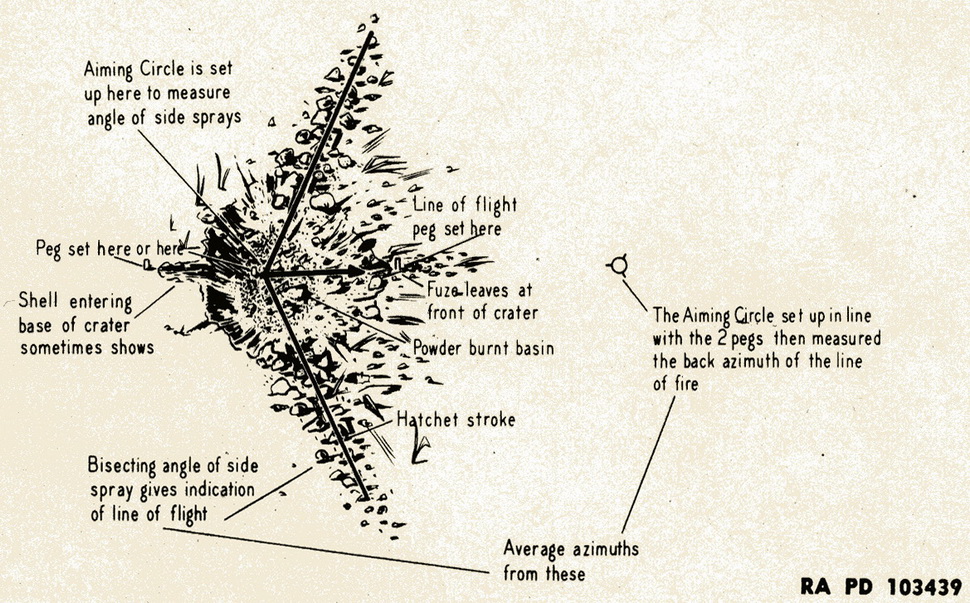I think the information we currently have is still a certain distance away from completely confirming the truth. Rough conclusions need to be made based on some reasonable assumptions and speculations on site. Detailed conclusions need to be combined with various types of ammunition, attack configuration modes, fuze triggering mechanisms, triggering times, types of charges, and failure modes of rockets. The structure, materials and layout of the building, the shape, strength, stiffness, flammability and layout of the surrounding appendages, the possible distribution of personnel, the structural damage and other damage results of the vehicle, the judgment of the impact point, the judgment of the crater morphology, shrapnel Judgment, the authenticity of the video image at the time of attack, the optical characteristics and timing in the video image, the orientation and angle of the light source, sound characteristics, etc.
Even if a system with defined boundary conditions is used to conduct numerical calculations of multi-physics coupling with large computing power, completely opposite results will occur due to different initial conditions. Therefore, we need to find some decisive factors and combine them to form a reasonable logical closed loop.
Attached are some photos of spontaneous combustion cars found on the Internet. As well as photos of cars at the hospital explosion site, the roof deformation in these photos is obviously different, which may provide us with more intelligence.


Photos of self-igniting vehicles on the web (the tops are usually pretty flat)

Photos of vehicles at the explosion site (different deformation patterns at the top)
Of course, this is just one of the limited pieces of information.
In addition, just from one party’s inaccurate description of some information or even purposeful concealment cannot infer that the other party has attacked. It is best to just use it as a reference.





